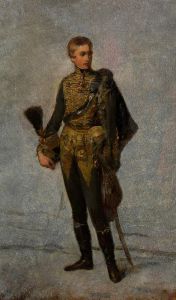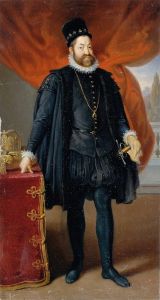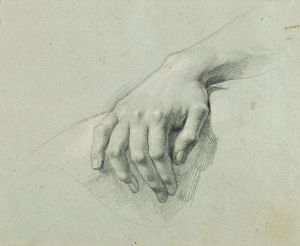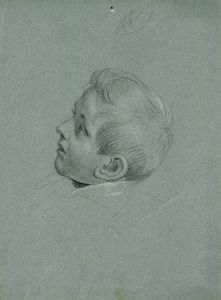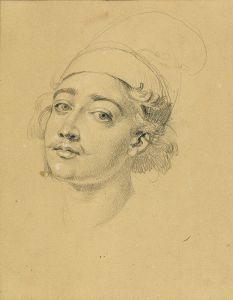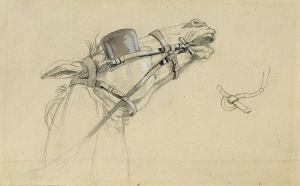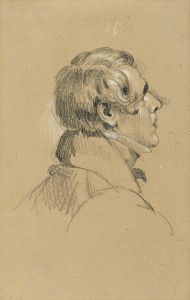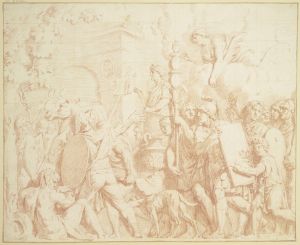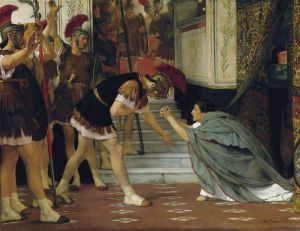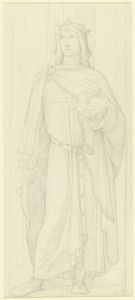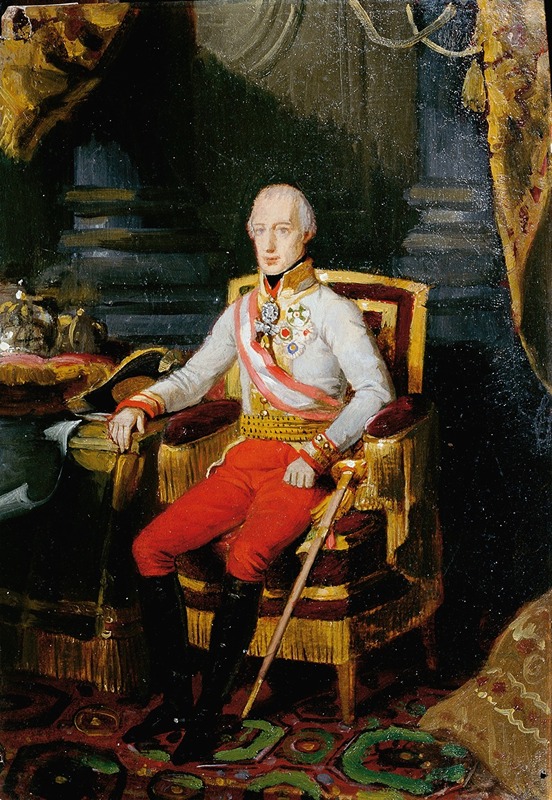
Kaiser Franz I. von Österreich
A hand-painted replica of Johann Peter Krafft’s masterpiece Kaiser Franz I. von Österreich, meticulously crafted by professional artists to capture the true essence of the original. Each piece is created with museum-quality canvas and rare mineral pigments, carefully painted by experienced artists with delicate brushstrokes and rich, layered colors to perfectly recreate the texture of the original artwork. Unlike machine-printed reproductions, this hand-painted version brings the painting to life, infused with the artist’s emotions and skill in every stroke. Whether for personal collection or home decoration, it instantly elevates the artistic atmosphere of any space.
Johann Peter Krafft was a prominent Austrian painter known for his historical and portrait paintings. One of his notable works is the portrait of Kaiser Franz I of Austria. This painting is a significant representation of the Austrian emperor, capturing both his regal presence and the artistic style of the early 19th century.
Krafft was born in 1780 in Hanau, Germany, and later moved to Vienna, where he became a central figure in the Austrian art scene. He studied at the Academy of Fine Arts in Vienna and was influenced by the neoclassical style, which is evident in his works. His attention to detail and ability to capture the essence of his subjects made him a sought-after portraitist during his time.
The portrait of Kaiser Franz I is a testament to Krafft's skill in portraying the nobility and authority of his subjects. Franz I, born in 1768, was the last Holy Roman Emperor, reigning from 1792 until the dissolution of the empire in 1806. He then became the first Emperor of Austria, ruling from 1804 until his death in 1835. His reign was marked by significant political and social changes in Europe, including the Napoleonic Wars and the Congress of Vienna.
In the painting, Franz I is depicted in a formal pose, wearing the traditional attire associated with his imperial status. The use of rich colors and intricate details in the clothing and background highlights the opulence and power of the Austrian court. Krafft's ability to convey the emperor's dignified demeanor and authoritative presence is a hallmark of his portrait work.
Krafft's portrait of Franz I not only serves as a historical document but also reflects the artistic trends of the period. The neoclassical style, characterized by its emphasis on clarity, order, and symmetry, is evident in the composition and execution of the painting. This style was popular in Europe during the late 18th and early 19th centuries, influenced by the rediscovery of classical art and culture.
The painting is part of the collection of the Kunsthistorisches Museum in Vienna, which houses a vast array of artworks from different periods and regions. The museum is renowned for its extensive collection of European paintings, including works by masters such as Raphael, Caravaggio, and Velázquez.
Krafft's work, including the portrait of Kaiser Franz I, remains an important part of Austria's cultural heritage. It provides insight into the history and personalities of the time, as well as the artistic movements that shaped the era. His ability to capture the likeness and character of his subjects has ensured his place in the annals of art history.
Through his portraits, Krafft contributed to the visual documentation of the Austrian monarchy and its key figures. His work continues to be studied and appreciated for its artistic merit and historical significance, offering a window into the past and the enduring legacy of the Habsburg dynasty.





